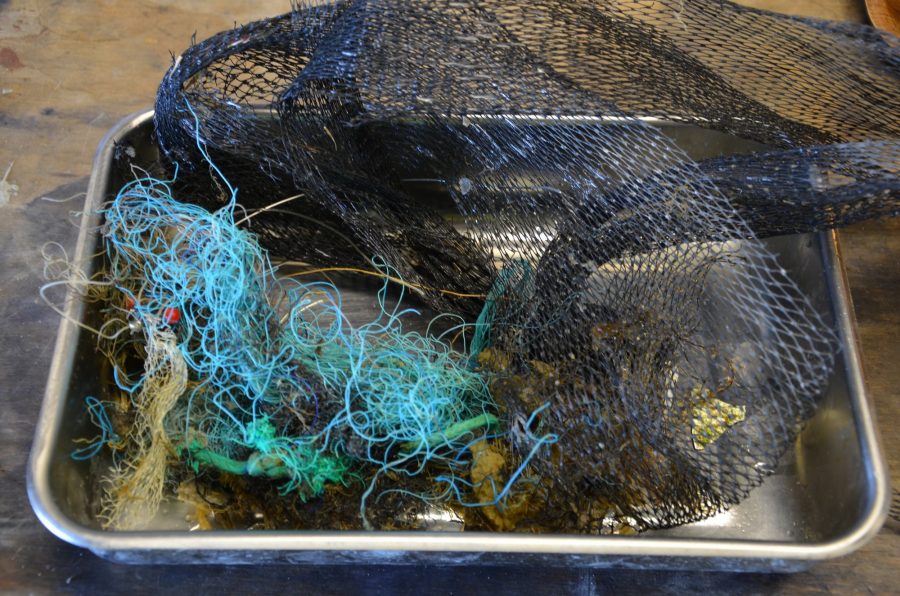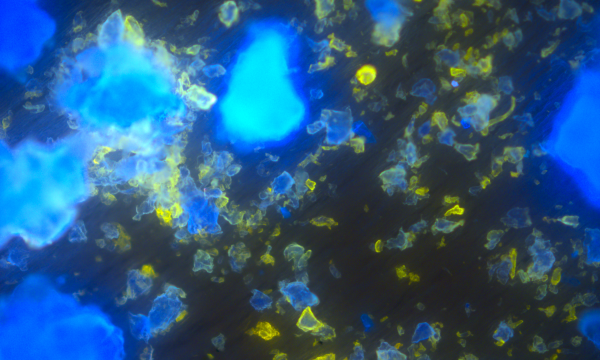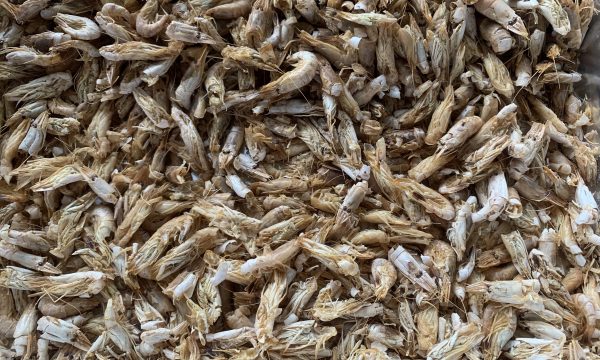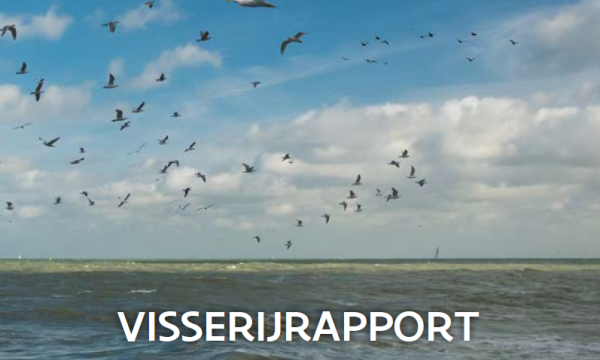Press release ILVO and RBINS-OD nature inventories of macro-and micro-plastics in the Belgian fishing areas and on the beaches

The research partners of the EMFF-FIVA *-research project MarinePlastics have started a study that accurately maps how much and what types of plastic are found on the Belgian fishing grounds. It involves both larger pieces of waste (macro-plastics larger than 5 mm) and minuscule plastic particles (micro-plastics smaller than 5 mm).
MarinePlastics
Since 2012, Europe has been asking for each Member State to collect figures about macro-plastics on the seabed. From this year onwards, data must also be collected around micro-plastics in the sediment and in the water. The waste on the beaches must also be monitored.
The project MarinePlastics also examines the extent to which microplastics are found in the commercial fish from our fishing areas. The researchers make the distinction between the plastic particles in the fish stomach (which people do not consume) and the fish fillet (which we do eat).
Macro-plastics in the sea and on the coast
For almost 10 years, ILVO has been voluntarily collecting data on plastic, which is hoisted on board the research vessels within existing measuring campaigns aimed at the state of fish stocks and the impact of human activities at sea. The plastic contained in the fishing nets was sorted, described, measured and weighed according to the European OSPAR and 'Marine Strategy framework directive '. It is those data that are now undergoing a statistical depth analysis.
Bavo De Witte: "From a first rough interpretation it is already apparent that the amount of macro-plastic found is increasing, that there are hotspot sites, such as the Baggerloswal Zeebrugge Oost, where one port sludge is dropped, and where current creates a sedimentation effect. " The analysis should clearly show quantitative and qualitative trends. Comparison with numbers from abroad is also possible.
From a first rough interpretation it is already apparent that the amount of macro-plastic found is increasing.
ILVO and RBINS-OD nature also want to investigate whether the waste can be linked to human activities such as tourism, industry or fishing. In addition, each type of waste will study whether the quantities are increasing or decreasing.
There is a lot of waste on the seabed and on the beach, such as plastic wraps, cups and bags, glasses and plastic bottles, cans and pieces of metal, fishing line and bobbins.
The Royal Belgian Institute of Natural Sciences (RBINS-OD nature) also concentrates on what is on the Belgian beaches. This quantity of washed-up waste is not decreasing, they notice from prior analyses. On the beaches too, the situation is poor, according to the evaluation of the European Marine Strategy framework directive.
Micro-plastics in sediment, water and commercial fish
Micro-plastics can come directly into the environment by wear and tear of tyres, through clothing or through soaps and scrubs. A previous study showed that up to 50% of these 'land-based' microplastics eventually end up in the sea.
Micro-plastics accumulate in the water and on the seabed and break even further into nanoparticles (less than 1 micrometers). Sooner or later these micro-and nano-plastics are absorbed by fish, mussels, shrimps and other animals, which eventually end up in the human food chain. Some of those small plastic particles will undoubtedly be left behind in the part that we do not eat, like the stomach of a fish. A detailed characterization of micro-plastics in certain marine and fishery products would make clear how many micro-plastics we are really eating now. This is important to assess the potential health risks of micro-plastics.
"In the case of a scientific risk analysis, two factors must always be examined", researcher Bavo De Witte clarifies. "First: To what extent are you exposed to the substance – in this case micro plastics? And secondly: is there a toxic effect that can be associated with that degree of exposure? None of these two questions is currently adequately answered by science. So before we can make statements about the degree of (non-)harmfulness, we are now first and foremost mapping how many microplastics a person is actually ingesting."
Within this project, RBINS-OD nature and ILVO are also joining forces to study the presence of micro-plastics in the marine environment. European legislation expects each Member State to follow the quantity of micro-plastics in the seabed and seawater.
MarinePlastics is an initiative of Flanders Research Institute for Agriculture, Fisheries and Food (ILVO) and the Royal Belgian Institute of Natural Sciences (RBINS – OD nature).
* EMFF-FIVA stands for the European Fund for Maritime Affairs and Fisheries and the financial Instrument for Flemish fisheries. It is a research funding agency for fisheries-related subjects using European and Flemish funds.



